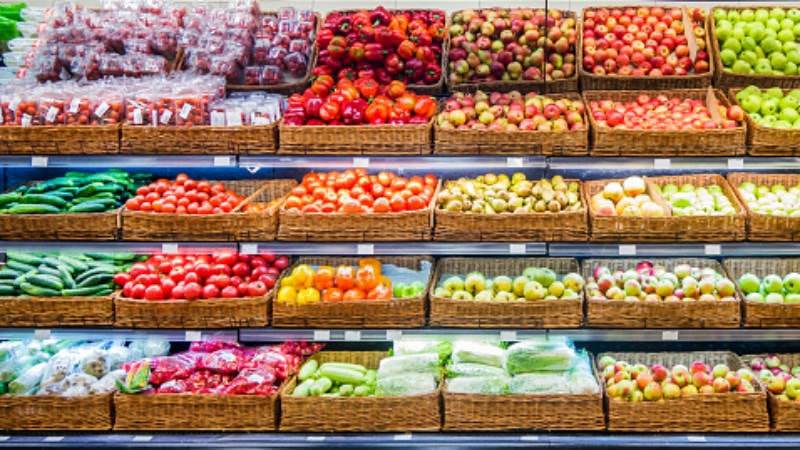The method called multilevel genome typing (MGT) gives each bacterium strain a unique identity with the use of a set of numbers or barcode.
Professor Ruiting Lan from the School of Biotechnology and Biomolecular Sciences at the University of New South Wales Sydney, told us they had designed a method that can compare bacteria using its genome.
In the research, they worked on Salmonella, a common foodborne pathogen responsible for food poisoning and outbreaks around the world.
The genome of a Salmonella strain has more than four million bases (A-T-C-G). Lan said there are currently many methods used to compare strains and trace outbreaks, such as the single nucleotide polymorphisms (SNP) method.
The conventional methods used to detect foodborne pathogens are not standardised. In addition, depending on the number of strains, they can take hours to days to compare, Lan said.
In their method, the team converted the four million bases of Salmonella into nine different numbers, so each unique strain will be attached to nine numbers, which Lan said essentially becomes a barcode for the strain.
“You isolate the bacteria, sequence the genome and compute it in our method, if all the nine numbers match, it is essentially the same strain. The results will be instant.”
In addition, the team has also set up a database to be used for public health. Organisations can compare strains and types within the country as well as internationally. Lan said there are currently 26,000 Salmonella strains across the world in its database.
Lan hopes the method, which took two years to research, can help trace foodborne outbreaks easier and can be implemented as an internationally standardised strain identification system.
Currently, the method is targeted for public health, so any outbreaks can be quickly identified and the public alerted.
Lan added that the team was open to working with commercial partners as long as it does not restrict public health use.
The method can also be used for other bacteria. The team is currently working on other foodborne pathogens including Listeria and Shiga toxin producing E. coli.
Source: Eurosurveillance
DOI: 10.2807/1560-7917.ES.2020.25.20.1900519
“Multilevel genome typing: genomics-guided scalable resolution typing of microbial pathogens”
Authors: Michael Payne, et al.




